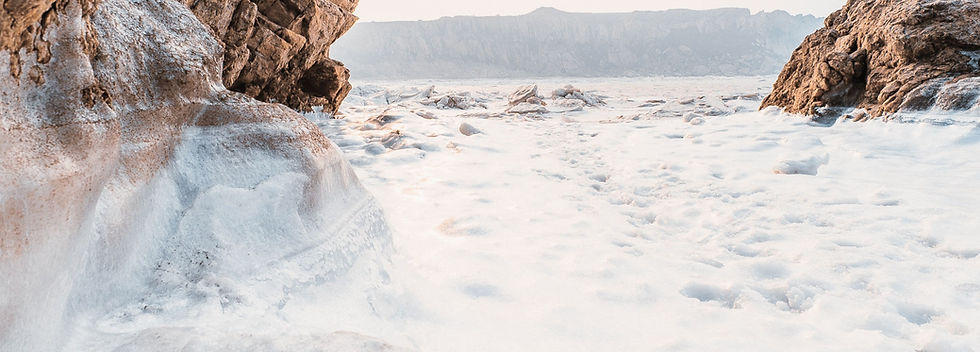

Research Paper
Exploring the Past, Present, and Future of USAPECS: Lessons from a Decade of Supporting Early Career Research Across National and International Polar Networks
Navigating the multitude of organizations and institutions involved in Arctic research can be daunting for those just beginning their careers, from outside traditional academic circles, or from historically excluded communities. These difficulties are exacerbated by the rapid changes unfolding across the Arctic environment, highlighting the interconnectedness of the region and the need for evermore cooperative research that transcends geopolitical and disciplinary boundaries. It is the goal of the United States Association of Polar Early Career Scientists (USAPECS) to foster such connections and encourage the inclusion of underrepresented groups within the broader Arctic, Antarctic, and Alpine research community while advancing the principles of Inclusion, Diversity, Equity, and Accessibility (IDEA). Led by a board composed of volunteers, USAPECS has engaged in a variety of collaborative activities and partnerships with U.S. and international institutions over its 10 years of operation in order to bring together early career researchers from across disciplines, regions, and from historically underrepresented groups and to support and showcase their work. This has included collaborations with Interagency Arctic Research Policy Committee, Polar Science Early Career Community Office, Association of Polar Early Career Scientists International, and Arctic Research Consortium of the United States and the production of an annual blog series, online webinars and roundtables, conference presentations and events, and the international Polar Film Festival. Drawing on feedback from past and current members, participants, and partners, this briefing note provides an overview of the past and current work of USAPECS and its collaborative activities. It focuses on the challenges faced and lessons learned over USAPECS’s decade of existence as a means to highlight the value of such volunteer organizations.